DWB Overview
What is Document WorkBench (DWB)?
Document WorkBench (DWB) serves as a software solution for Digital Content and Information Management. It offers a platform facilitating organizations in transitioning from manual information handling to digital information management or from an unstructured digital environment to a structured one.
DWB's core functionalities revolve around overseeing the entire life cycle of digital information, from its inception to disposal. It effectively handles both electronic and physical copies of documents or files, incorporating automated processes for archiving outdated records or prompting system owners to review records nearing archival according to the users' requirements.
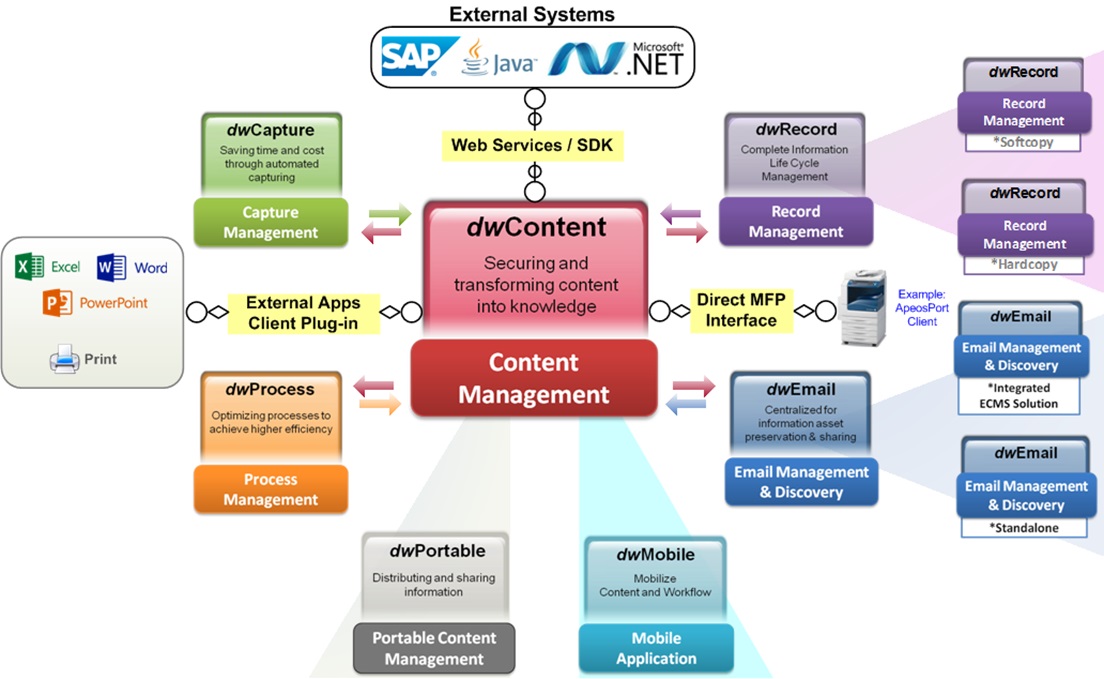
Life Cycle of Digital Information

The life cycle of digital information within the DWB typically involves the following phases:
Creation / Capture: Information could be created or captured into the system through various means such as manual entry, file uploads, or integration with other systems.
Management: Information is stored and managed in encrypted format within the system according to predefined structures and rules. This includes organising the information into categories or taxonomies, assigning metadata and ensuring proper access controls.
Distribution: Only authorised users shall be able to access and use the information as needed for their tasks or workflows. This may involve viewing, modification, sharing as well as analyzing the information.
Disposal: Retention policies of information determining the duration information shall be retained based on regulatory requirements or business needs. Once the retention period expires, the information may be archived or disposed of according to predefined processes. At the end of its life cycle, information shall be disposed of in a secure and compliant manner. This may involve permanent deletion of digital files or physical destruction of storage media.
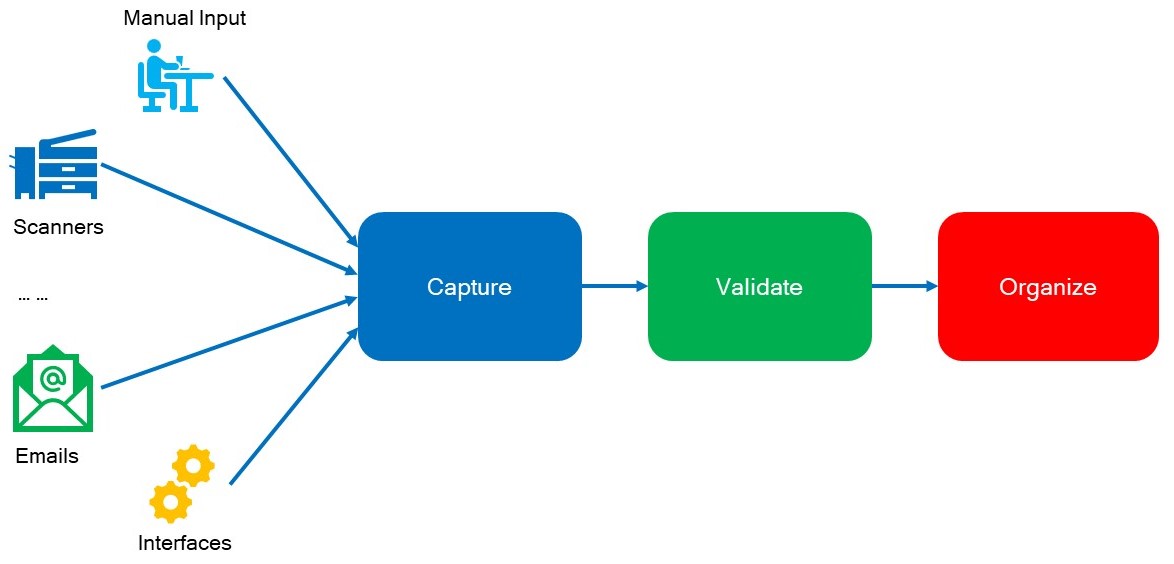
Information creation in DWB refers to the process of creating new data or content within the system. This generation can occur through various means:
Manual Input: Users directly input information into the system through user interfaces such as forms, text editors, or data entry screens. This could involve entering text, numerical data, uploading files or recording multimedia content.
Automated Data Capture: Information may be automatically captured by the system from external sources such as scanners, devices or integrated software applications. The various formats include PDFs, images, emails or native application formats.
Importing: Existing data or content from external sources can be imported into the system via bulk uploads of files or integration with other systems through Application Programming Interfaces (APIs).
User Interaction: Information creation can also result from user interactions with the system, such as forms filling, updating records, commenting on documents or participating in workflows.
Regardless of the methods, the DWB provides mechanisms for capturing, validating, and storing newly created information in a structured format. This ensures that the information is properly managed, organized, and made available for further processing, analysis or dissemination within the system. Additionally, the system may enforce data validation rules, apply default metadata and assign appropriate access controls to these newly created information to maintain data integrity and security.
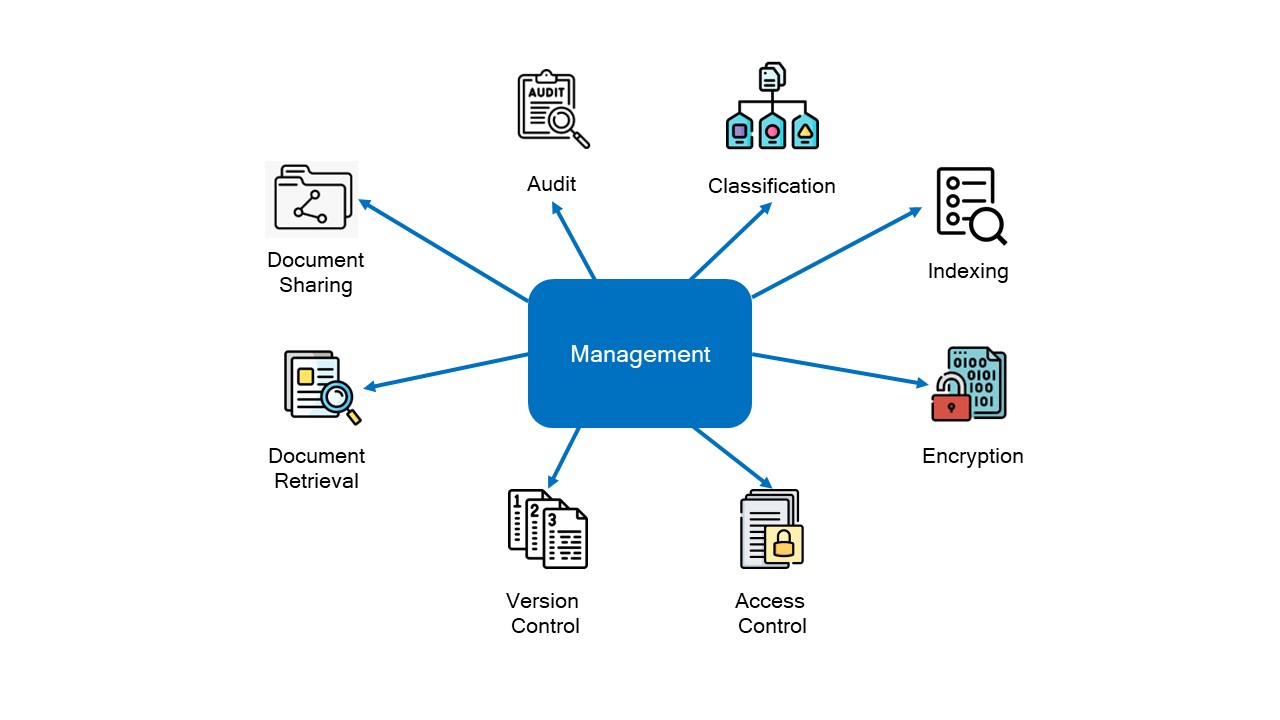
Information needs to be organized and managed, to be logical, secured and easily available and accessible. Only then Information could be effectively consumed by knowledge workers to improve work productivity and efficiency.
In DWB, information management revolves:
Classification: Information is categorised and classified based on its type, content and context to facilitate organization and retrieval.
Indexing: Indexes or catalogues are created to enable efficient searching and browsing of stored information.
Encryption: In order to protect information from breaches and to reduce risks of exposure, content encryption is essential in digital information management system.
Access Control: Security measures are implemented to control access to information based on user roles, permissions, sensitivity classifications and confidentiality requirements.
Version Control: Systems may manage different versions of information to ensure version control and facilitate collaboration.
Retrieval: Authorised users can search for and retrieve relevant information using various search and navigation tools.
Sharing: Information can be shared among users or teams within the system, with features such as document sharing, commenting and real-time collaboration.
Audit: Audit trails track actions taken on information throughout its life cycle to ensure accountability and compliance with regulations.
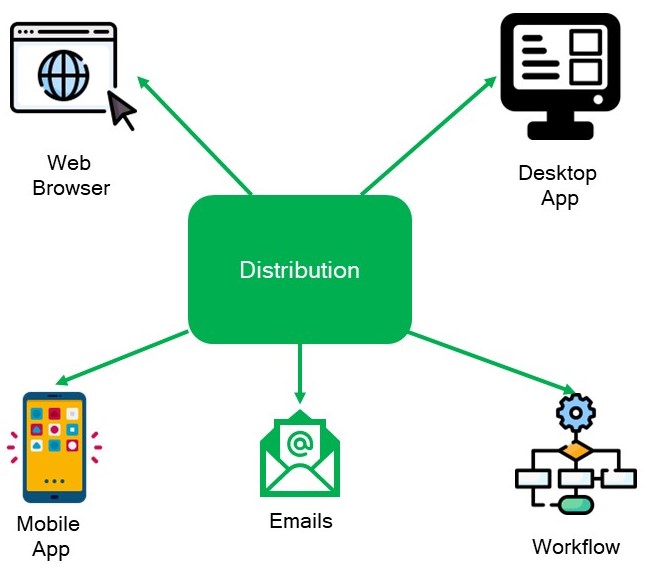
Throughout the life cycle, information distribution practices in DWB aim to ensure that data and content are disseminated to the appropriate users or systems in a timely, secure and efficient manner. Access controls, distribution mechanisms and retrieval methods help facilitate this distribution while maintaining data integrity and confidentiality. Additionally, audit trails provide visibility into how information is shared and accessed, supporting accountability and compliance with regulatory requirements.
Distributing information is about delivering the information to where they are needed to aid in business operations and/or other requirements.
For direct users of DWB, information could be accessed via a Web Client (through standard Web Browser) or a Desktop Client.
Where and when there is a lack of Internet access or stable Internet connections, DWB offers Portable Content Manager which allows Information to be downloaded securely to a portable storage media for off-site access via a portable reader. Downloaded Information are encrypted.
Information delivery could also be automated through DWB Work Flow software.
Other forms of Information delivery are, for example, via email attachment or directly provided to integrated business applications, observing a set of information security rules.
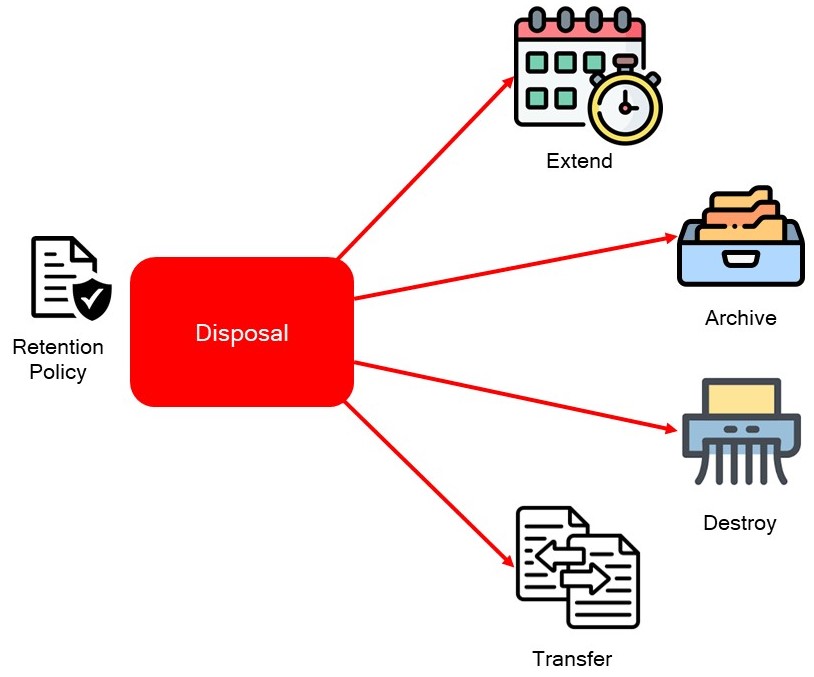
When Information records are created in DWB, a retention policy may be defined for each type of information. With this policy, records are automatically subject for archiving or disposal upon expiry of the retention period in a secure and compliant manner.
A disposal policy would define whether disposal method will be carried out automatically without any human intervention or through a process of manual review and approval. Certain aspects of the retention policy could be changed or refined during the review and approval process.
Before Information records are disposed, they are usually archived first to prevent accidental loss of data from inadvertent disposal actions. Archiving old Information prevents endless build-up of number of records in the System which will eventually and gradually slow down search and retrieval.
DWB provides an option to continue to access archived data online, albeit occasionally. But this does require a copy of the archived data to be in a storage that is connected online. With the much-reduced storage costs today, this has become a viable practice.
DWB Use-Cases
Digital
Filing
Replaces physical filing system to achieve a “one-view” of organisation level information across the entire organisation, effectively eliminates Information Silos that exist in most organisations with unmanaged filings. There are then added benefits such as security, ease of looking up any information, work productivity and efficiency gains, etc.
Integrated
Solution
Secured backend management of document and other digital assets, supporting an integrated business application frontend that relies on these assets to conduct various business processes, e.g. review and approval of loan or credit card application in the banking environment, insurance claim and investigation, or any other type of document-centric business applications.
eRegistry
Filing and management of company Records life cycle to meet statutory requirements.
DWB has been deployed across many industries, e.g. banking and finance, insurance, telco, public sector, education, manufacturing, distribution etc.
